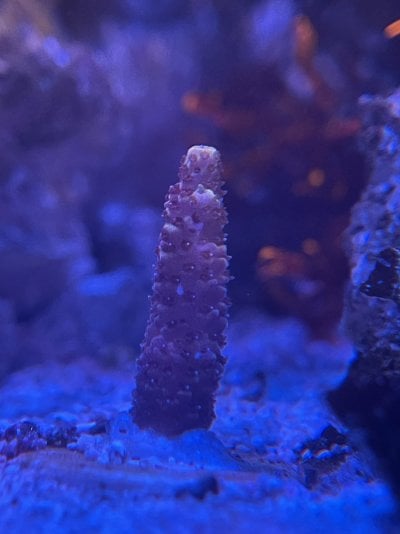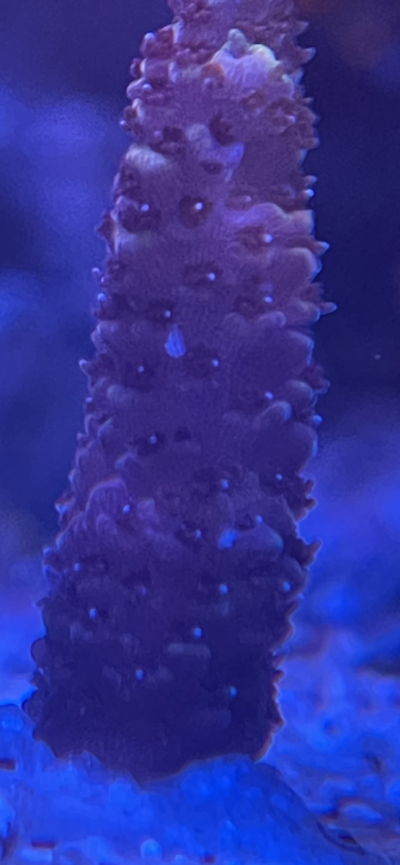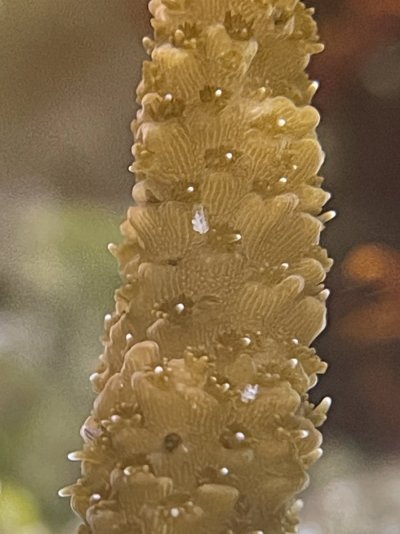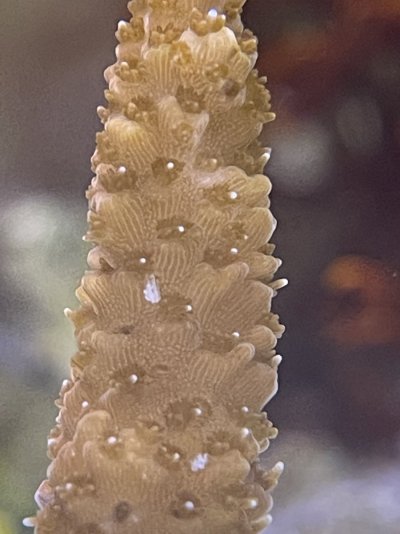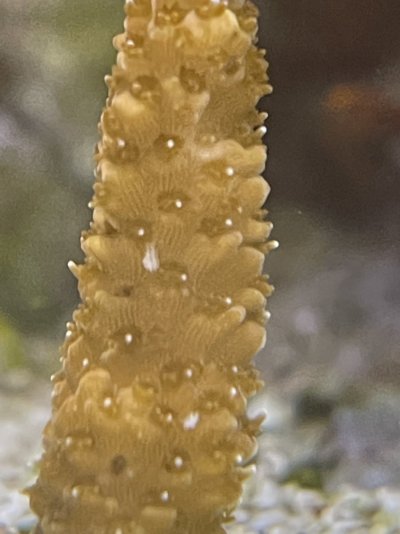Mille has these white spots I just noticed, nursing it back to health it was the sole survivor of 9 frags. It’s doing well color is back and polyps are extending. Shipping box got too hot. Are these flatworms I’ve got? Just noticed them… I’ve got a 6 line but he prefers copepods apparently or hasn’t noticed them
